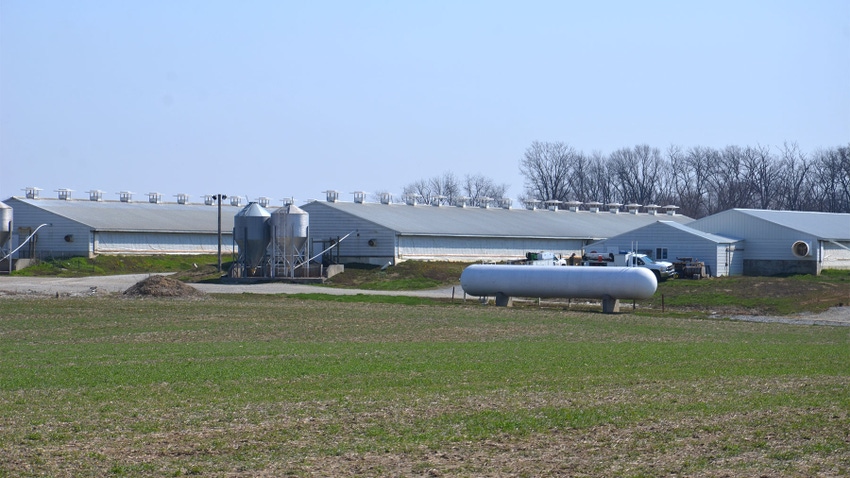December 19, 2023

Diversifying cash flows is one mechanism used to become more resilient to strategic risk. That is the risk associated with being out of strategic position when responding to shocks emanating from the social and political environment, or from changes in input and output prices.
Diversification enhances a farm’s ability to withstand shifts in the market, often referred to as absorption capacity. In production agriculture, diversification often implies producing a wide variety of enterprises, including both crops and livestock. However, the perspective here is broader. Diversification can be as simple as producing both GMO and non-GMO corn or soybeans, or experimenting with different varieties or hybrids, such as drought resistant, pathogen tolerant or high yielding.
Reducing risk
Here is a closer look at advantages and disadvantages associated with diversification.
One primary reason to diversify is to reduce risk, such as reducing variability of returns. Yet, there has been a noticeable trend in agriculture away from mixed crop and livestock operations, with many farms now specializing in either crops or livestock. This trend reflects the trade-off between risk and returns.
Diversification reduces risk. However, it may also reduce net returns because it often makes it more difficult to capture economies of scale associated with specific crop and livestock enterprises. If the reduction in net returns associated with diversification is large enough, firms will specialize rather than diversify.
Spreading fixed costs
In addition to reducing risk, there may be efficiency-based reasons for diversification. Specifically, diversification may result in economies of scope, which exist if savings are achieved by producing multiple products rather than just one product. This usually involves spreading fixed costs associated with labor and machinery investment over multiple enterprises.
For example, previous research has found that there are economies of scope involved in combining crop enterprises with a beef cow herd in the Great Plains. Economies of scope were generated largely through more efficient use of labor and machinery investment.
Of course, potential economies of scope would need to be weighed against any potential reductions in economies of scale associated with producing multiple products rather than specializing. It is also important to note that economies of scope are typically more important for small to medium-size farms than for large farms.
Maintaining core focus
Diversification may also cause the operation to lose focus on the core mission. It is simply more difficult to be knowledgeable about multiple industries than to specialize in just producing crops or livestock.
It is important to distinguish between related and unrelated diversification. The latter refers to activities that are not related to the core mission and that compete for key resources such as labor and machinery during peak seasons.
Also, a farm does not want to create a situation where profitable activities cross-subsidize unprofitable activities. Diversification can certainly reduce net return variability or risk, making the farm more resilient to market shocks.
However, when thinking about diversification, it is imperative that a farm carefully weigh advantages and disadvantages associated with diversification. Carefully examine the impact of the decision whether to diversify on cost efficiency tied to economies of scale.
Read more about:
Risk ManagementAbout the Author(s)
You May Also Like






